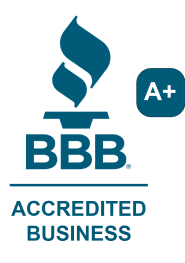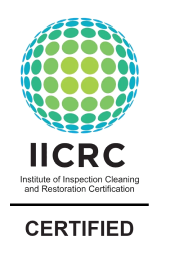At Innovative Restorations, we provide exceptional restoration and emergency services to the Allons community. Our team is dedicated to helping you recover quickly from unexpected events, ensuring your home or business is safe and secure.
Our Services Include:
- Restoration: We offer comprehensive restoration services to bring your property back to its original state after any disaster, from minor repairs to complete rebuilds.
- Storm Damage: Our experts handle all storm damage repairs, including roofing, siding, and structural assessments, to restore your property swiftly and efficiently.
- Bathroom Remodeling: Transform your bathroom into a modern, functional space with our expert remodeling services tailored to your needs and preferences.
- Crawl Spaces: We provide crawl space encapsulation and repair services to protect your home’s foundation and improve indoor air quality.
- Emergency Services: We offer immediate response services, including water damage cleanup, biohazard cleanup, and board-up services, to secure your property and prevent further damage.
Restoration Services in Allons
At Innovative Restorations, we specialize in providing top-notch restoration services in Allons. Our experienced team uses the latest technology and techniques to restore your property to its original condition. Whether it’s storm damage, water damage, or other emergencies, we are committed to delivering high-quality service promptly and efficiently.
Emergency Water Damage Cleanup in Allons
Water damage can happen unexpectedly, causing significant harm to your property. At Innovative Restorations, we offer emergency water damage cleanup services in Allons. Our rapid response team will quickly assess the situation, remove excess water, and begin the drying process to minimize damage and restore your home or business.
Bathroom Remodeling in Allons
In Allons, homeowners trust Innovative Restorations for their bathroom remodeling needs. Our team of experts will work with you to design and create a bathroom that meets your style and functionality requirements. From new fixtures to complete renovations, we ensure a seamless and stress-free remodeling experience.
Crawl Space Services in Allons
Maintaining a clean and dry crawl space is essential for the health and safety of your home. Innovative Restorations offers professional crawl space encapsulation and repair services in Allons. We help protect your home’s foundation, improve indoor air quality, and prevent issues like mold and pests.
Reliable Restoration Services in Allons
Are you in need of expert restoration services in Allons? Contact Innovative Restorations today for all your restoration, storm damage, bathroom remodeling, and emergency service needs. Let us help you restore and improve your property with our reliable and professional services.
Trust Innovative Restorations for Allons Restoration Needs
When it comes to restoration and emergency services in Allons, Innovative Restorations is your trusted partner. From storm damage repairs to bathroom remodeling, our team is dedicated to providing exceptional service and quality workmanship. Contact us today to learn more about how we can help you.



